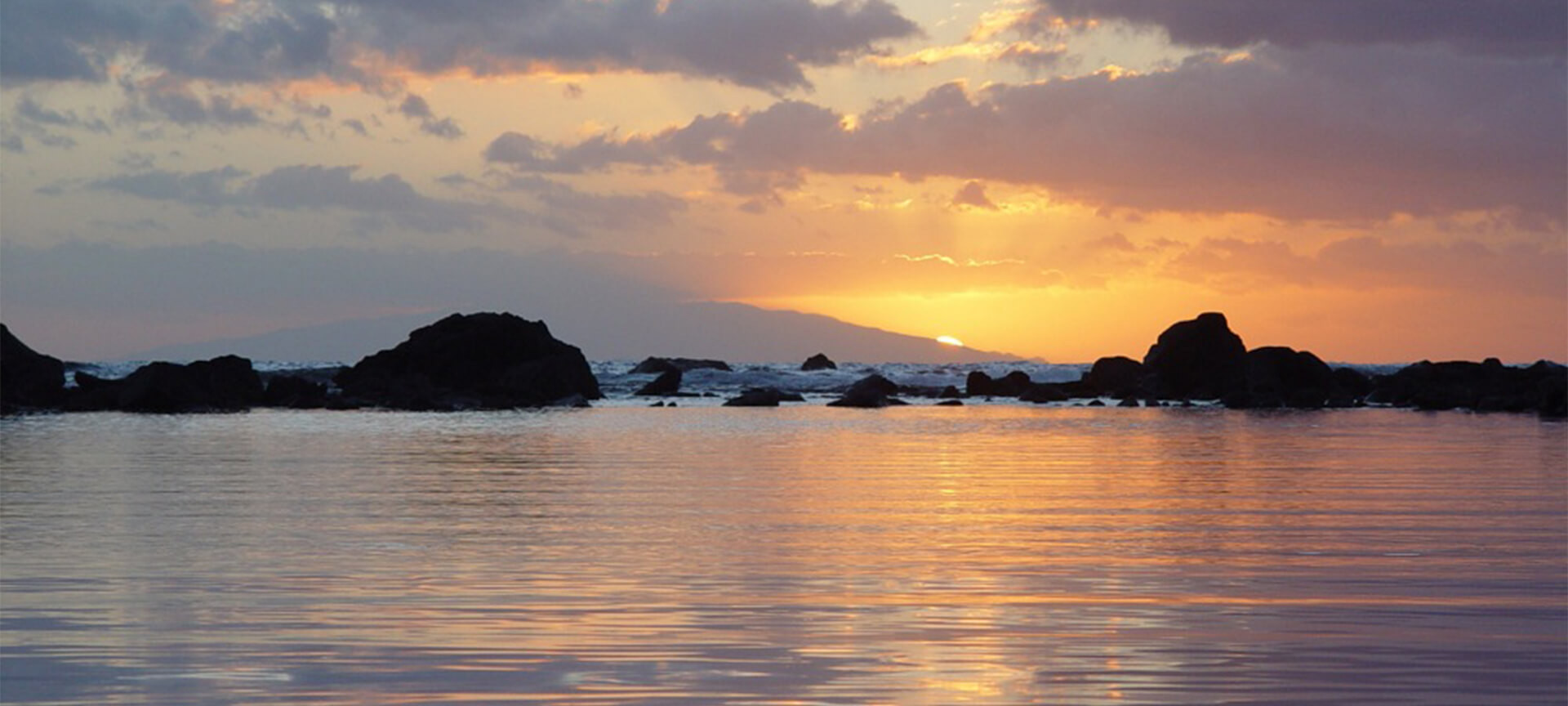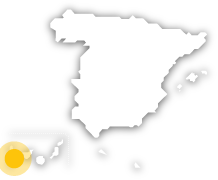
La Gomera Biosphere Reserve

With an area of 369 square kilometres, it is the second smallest of the Canary Islands. It was declared a Biosphere Reserve by UNESCO in 2012.
The nature of La Gomera stands out mainly for its exceptional landscape and the lush laurel forest of Garajonay National Park, a UNESCO World Heritage site, which has dense vegetation thanks to the “sea of clouds” effect (horizontal rainfall).The landscape is marked by a vast network of ravines, heavily eroded by water, leading to a central plateau located at an altitude of approximately 1,000 metres. These ravines create stunningly beautiful images, such as the natural monument of “Los Órganos.” The island is also home to species of flora and fauna unique to this area, such as the giant lizard of La Gomera.
La Gomera Biosphere Reserve
La Gomera (Canary Islands)
Activa JS
What you need to know
-
Cultural information
La Gomera preserves numerous traditions. One example is Silbo Gomero, a fully developed whistled language practiced by more than 22,000 people, which is recognised as Intangible Cultural Heritage of Humanity by UNESCO. Other traditions are also maintained, such as pottery making without wheels, palm frond crafts and the ancient drum dance.
-
Environmental information
The region stands out for its unique landscape, its dense vegetation and its numerous ravines. The unique terrain gives creates viewpoints with beautiful views across the island. There is also a network of trails that allows you to explore most of its natural spaces on foot. Among the ravines are small coves and dark sand beaches, and the coast is popular for diving.
-
Information for visits
The island of La Gomera can be reached by boat or plane. There are flights from the airport connecting with Gran Canaria and Tenerife. There are also maritime connections to the islands of Tenerife, La Palma and El Hierro.
Travel plans for inspiring you



